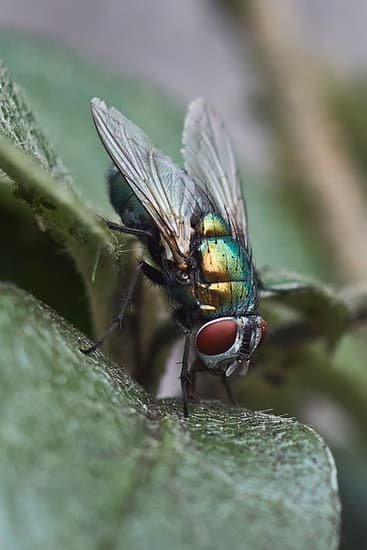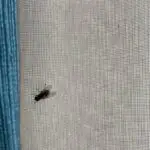Which Diseases Are Spread by Flies and How?
Flies are known to transmit 65 different diseases to humans, most of which are highly contagious. Some of these diseases are very unpleasant and can cause a wide range of symptoms, including diarrhea, vomiting, fever, and stomach cramps. They are also capable of transmitting viruses, bacteria, and nematodes.
Researchers from Penn State University recently studied the microbiomes of 116 different types of flies to determine what bacteria they carry and how these bacteria spread. Since flies feed on dead organic matter, their microbiomes are rich in a variety of bacteria, including some of the most harmful for humans. Researchers found that some flies carried hundreds of different species of bacteria, including some that cause disease in humans.
Flies can be classified according to their diet preferences and appearance. Flesh flies, for example, feed on carrion and scraps of meat. Their bodies are dark in color and feature a checkerboard pattern on their abdomen. In addition to feeding on carrion, flies can spread harmful bacteria through their droppings.
Among the many diseases spread by flies, malaria is the most common. This disease is caused by the parasitic parasite Plasmodium. The parasite affects humans and causes up to two million deaths every year. Only travelers from foreign countries contract the disease, so it is important to avoid exposure to a malaria-infected environment.








